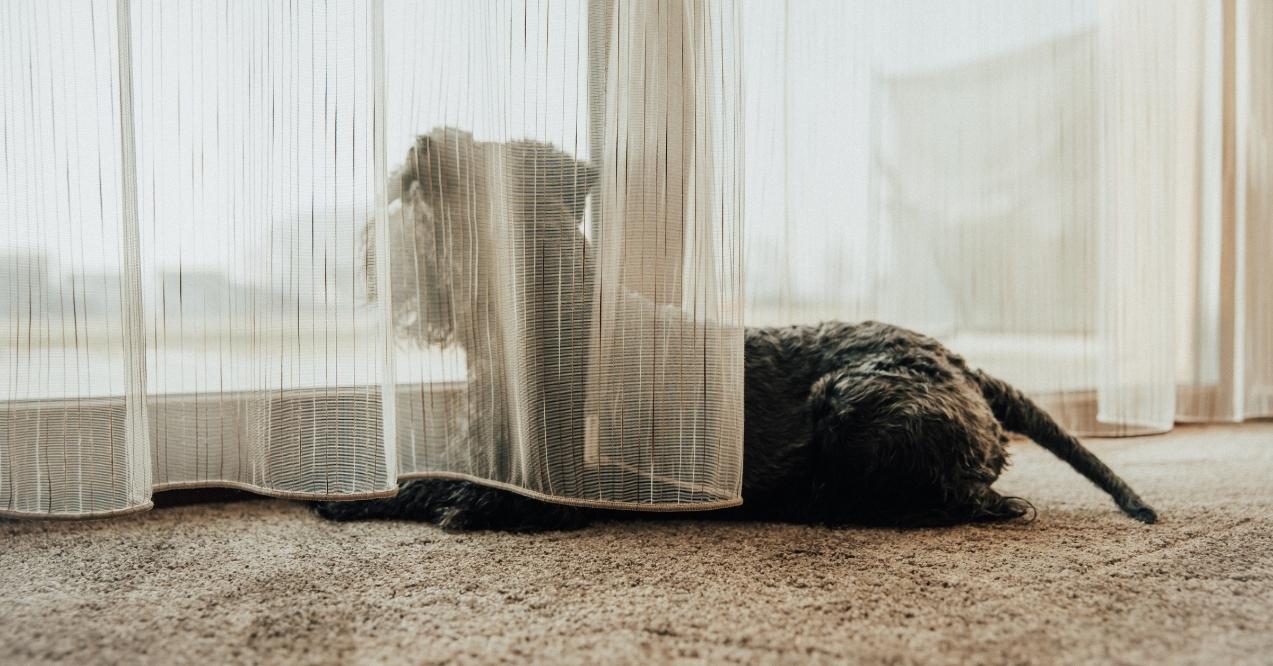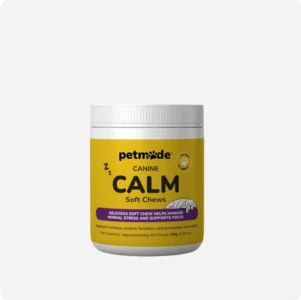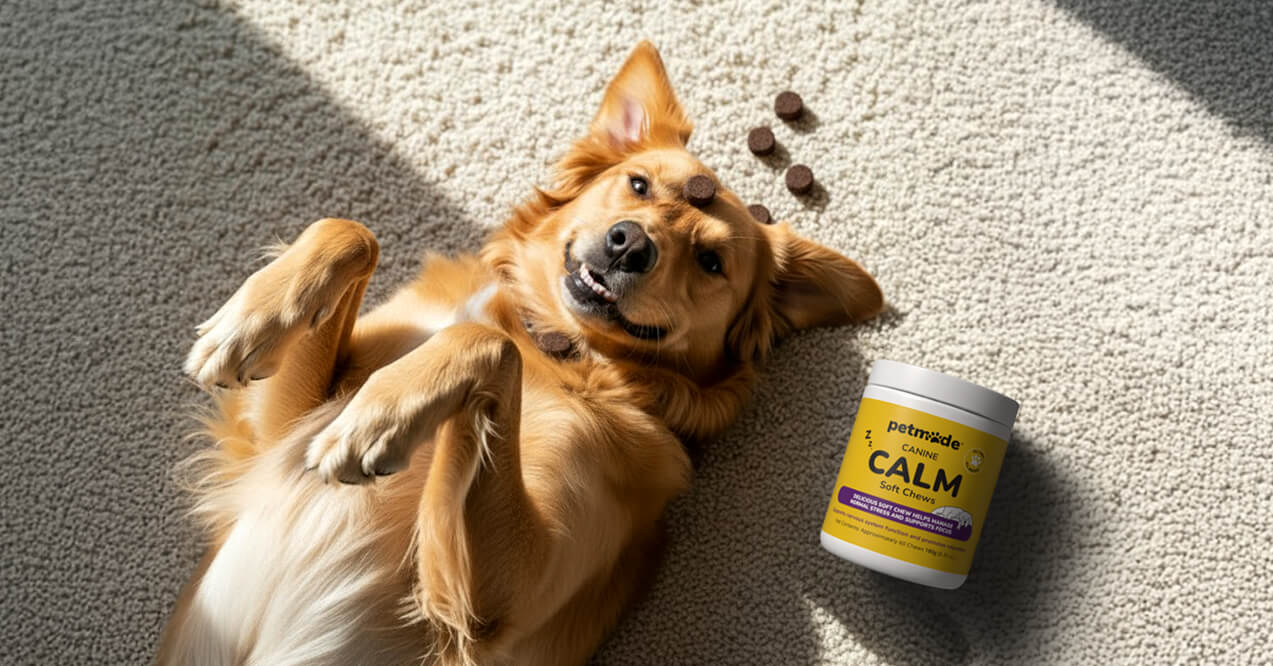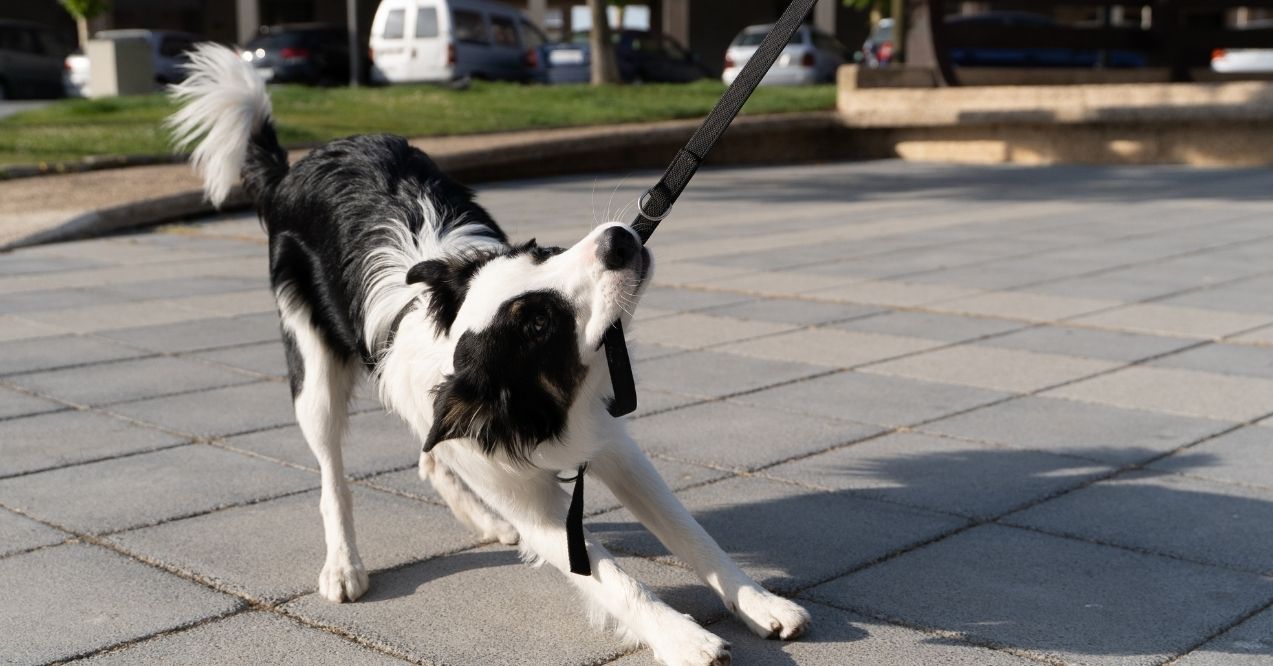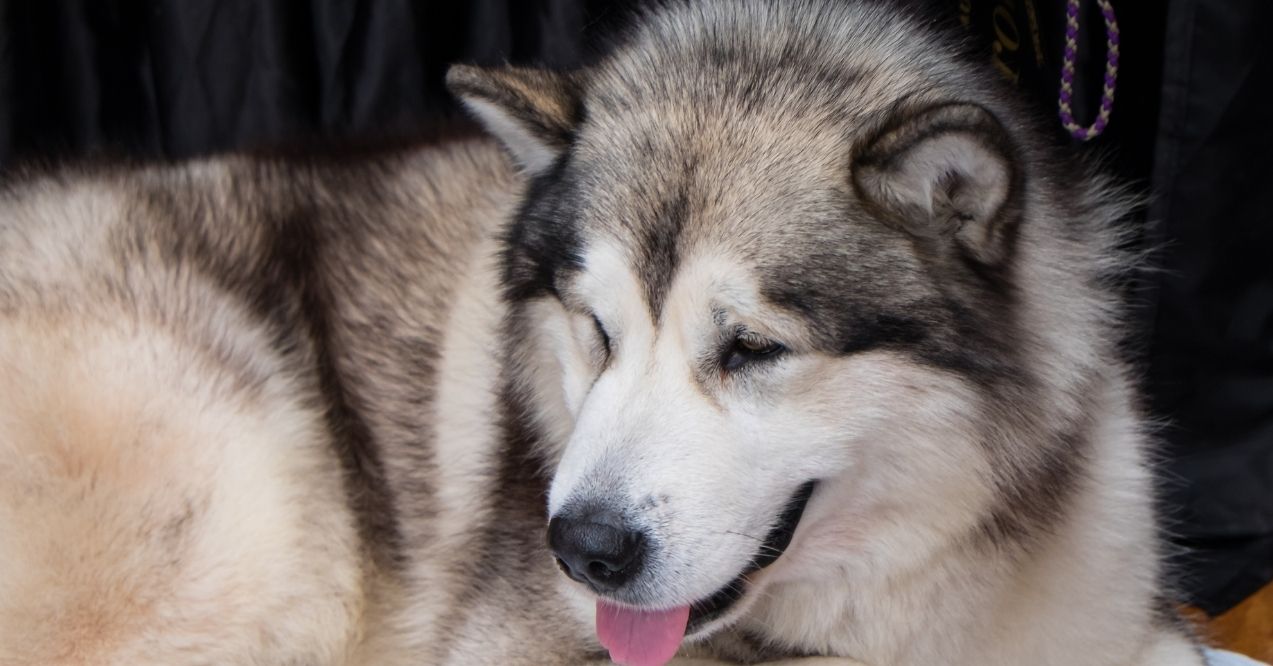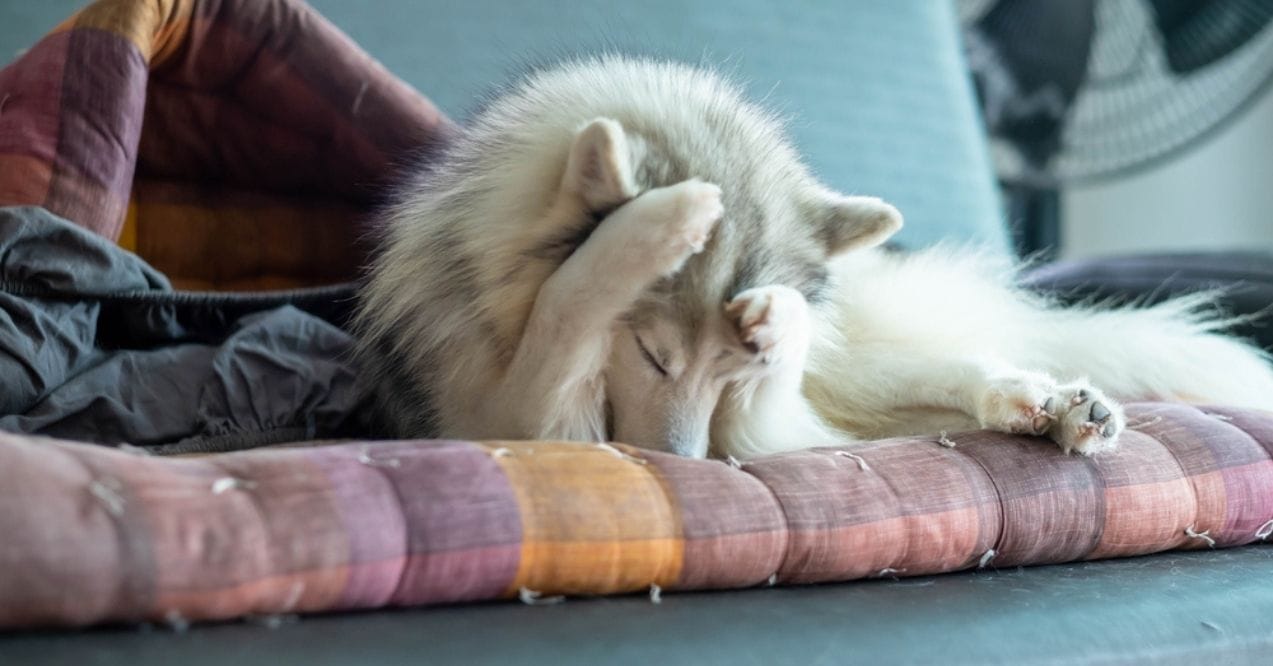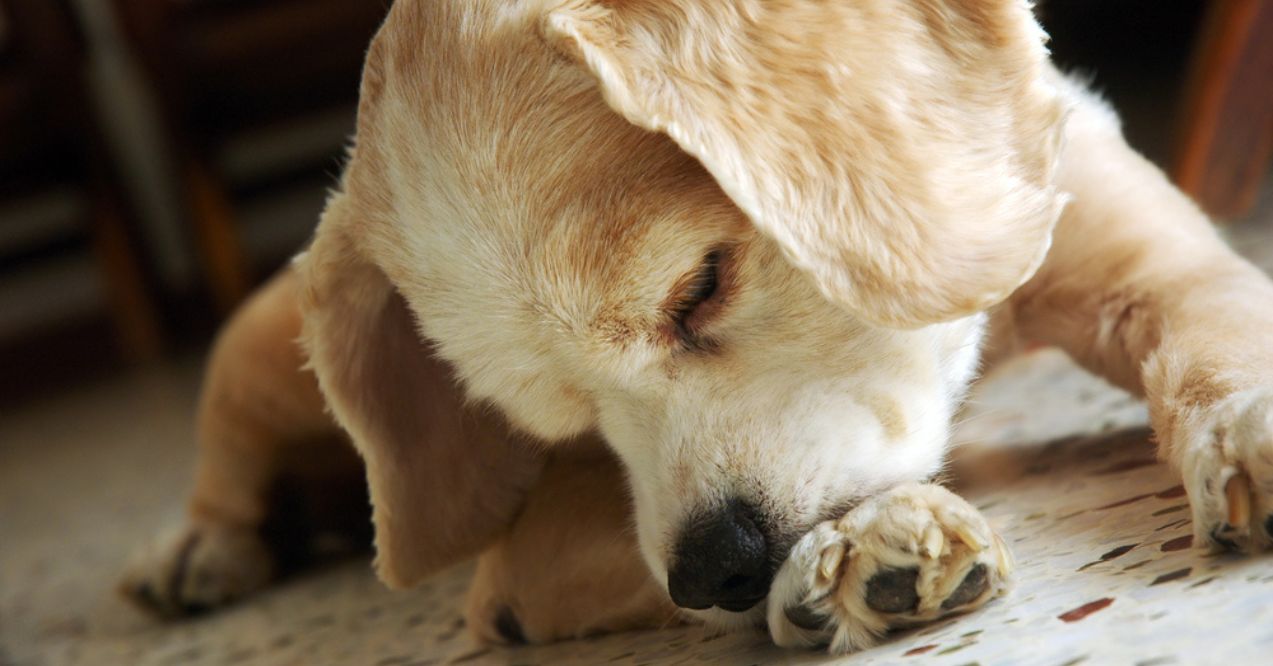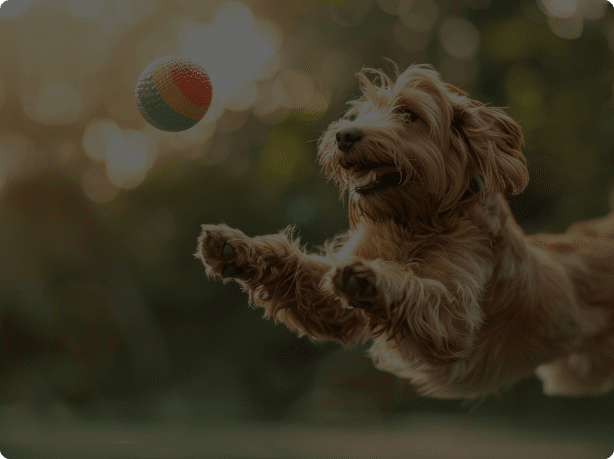How Long Can a Dog Be Left Alone?
Most dog parents feel worried when heading out without their pup. You’re not alone in wondering if your dog will be okay. How long can a dog be left alone depends on age, health, training, and temperament.
Some dogs handle solo time easily. Others struggle after just an hour. This guide breaks down safe alone times for every life stage. You’ll learn what to watch for and how to prepare your space. We’ll also cover when to bring in extra help.
How Long Can a Dog Be Left Alone?
Dogs are naturally social animals who thrive on companionship. Modern life often requires leaving them during work or errands. There are limits to what’s healthy, though. The baseline is 4-6 hours for most adult dogs.
Young puppies and senior dogs need more frequent attention. High-energy breeds may struggle with boredom after just a few hours. Calmer temperaments might rest peacefully all day.
Puppies (8-16 weeks)
Young puppies have tiny bladders. They hold it for about one hour per month of age. An 8-week-old puppy needs potty breaks every 1-2 hours. Extended absences become nearly impossible without help.
Their developing minds need frequent socialization and interaction. This builds confidence. Leaving very young puppies alone for more than 2 hours risks accidents and anxiety. It also means missed training opportunities. Establishing good puppy habits early sets the foundation for healthy alone-time tolerance.
If you work full-time, consider a midday dog walker. Arrange your schedule for frequent check-ins during these early months. Crate training helps puppies feel secure in a den-like space. Never leave them crated longer than their bladder can handle.
Adult Dogs (1-7 years)
Healthy adult dogs generally handle 4-6 hours alone without major issues. Many adapt to 8-hour workdays if properly prepared. They need enough space to move, water access, and mental stimulation. This doesn’t mean they prefer it, just that they can cope.
Breed characteristics play a role here. Working breeds like Border Collies need more exercise before and after. Learning about your dog’s exercise requirements helps you plan appropriate activity levels. Lower-energy breeds such as Basset Hounds or Pugs nap contentedly longer. French Bulldogs and Chihuahuas also tend to do well.
Senior Dogs (8+ years)
Older dogs often need more frequent bathroom breaks. Bladder control weakens with age. A senior who once handled 6 hours might now need breaks every 3-4 hours. Health conditions like arthritis can make alone time stressful too.
Watch for signs of discomfort. Pacing near the door, accidents, or excessive noise all signal problems. Senior dogs may develop new anxieties about being alone. These aren’t behavior problems but communication about unmet needs. Recognizing signs your dog is getting old helps you adjust their care appropriately.
Is It Ever Okay to Leave a Dog Alone for a Full Day?
Life happens. Sometimes you’re away longer than the ideal 4-6 hours. Healthy adult dogs can physically handle 8-9 hours with preparation. It’s not something to make a daily habit without help.
Long absences require careful planning. Your dog needs prior exercise, fresh water access, and safety from accidents. Many working pet parents hire midday dog walkers. Others use doggy daycare a few times weekly. These breaks turn a stressful 9-hour stretch into manageable chunks.
Pay close attention to behavior when you return. Excessive excitement, distress signs, or house soiling indicate pushing limits.
Leaving a Dog Home Alone for 3 Days
Never leave a dog alone for multiple days without in-person care. Even with automatic feeders and water, dogs need bathroom breaks and companionship. The risk of medical emergencies or equipment failures is too high.
If traveling for a weekend, arrange for trusted friends to stay. Hire a professional pet sitter for multiple daily visits. Board your dog at a reputable facility instead. Many boarding kennels offer camera access for remote check-ins.
Can Dogs Be Left Alone Overnight?
Overnight absences create unique challenges beyond daytime separations. Most dogs need bathroom breaks before bed and first thing up. This is typically 8-10 hours apart. Leaving a dog alone overnight means holding it 12+ hours.
Dogs may feel more vulnerable at night in darkness and quiet. Sudden noises or wildlife outside can trigger anxiety without you there. If you must be away overnight, have someone stay with your dog. At minimum, arrange late evening and early morning visits.
How to Leave Your Dog Alone in the House
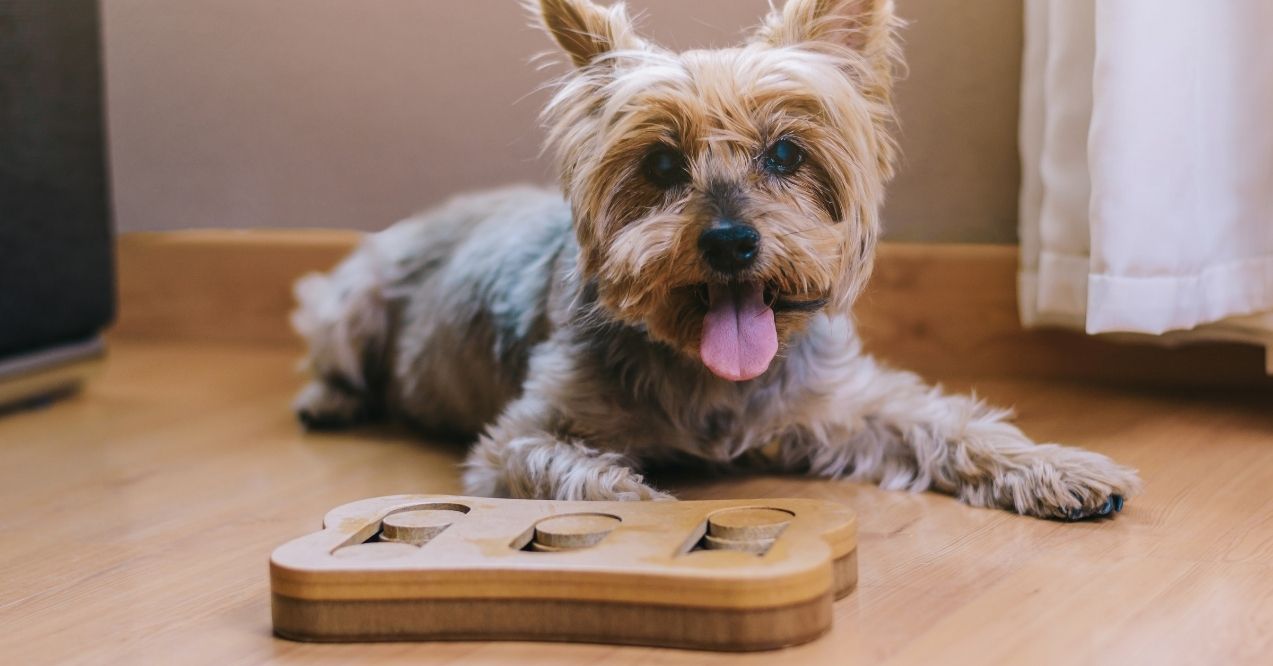
Preparation makes all the difference between peaceful rest and anxious pacing. Start by setting up your space thoughtfully. Then build a consistent routine your dog can rely on. These practical steps help most dogs feel more secure.
Create a Safe, Calming Space
Designate a consistent area where your dog stays while away. This might be a single room or a gated section. The space should include fresh water, comfortable bedding, and safe toys.
Background noise helps many dogs feel less isolated. Soft music or a talk radio station masks sudden outdoor sounds. Some dogs prefer quiet, so experiment to see what helps. Remove potential hazards like trash cans, electrical cords, and toxic plants.
Use Enrichment and Toys
Mental stimulation tires dogs as much as physical exercise. Puzzle feeders slow down eating while engaging problem-solving skills. Frozen Kong toys stuffed with peanut butter provide 20-30 minutes of focused activity.
Rotate toys every few days so boredom doesn’t set in. Some dogs enjoy snuffle mats where treats hide in fabric. Others prefer treat-dispensing balls they roll around. Match difficulty to your dog’s experience level.
Save special high-value toys exclusively for alone time. This creates positive associations where departure means favorite activities.
Stick to a Routine
Dogs feel most secure knowing what to expect. Feed meals at consistent times and take walks on regular schedules. Develop a predictable goodbye routine. This predictability reduces anxiety because patterns become familiar.
Morning exercise is particularly valuable before alone time. A 20-30 minute walk or play session burns energy. Tired dogs are generally calmer dogs. Exercise alone won’t solve separation anxiety in dogs who truly struggle, though.
Keep departures and returns low-key. Excited goodbyes can increase stress by signaling leaving is a big deal. Give a calm pat and walk out confidently instead.
What Not to Do
Skipping exercise before leaving sets your dog up for restless energy. Even a quick 10-minute potty break isn’t enough for most. They need time to sniff, move, and engage before being cooped up.
Scolding your dog right before departure creates negative associations. Making a big production of goodbye signals your leaving is worrying. Long hugs and apologetic tones don’t help. Dogs pick up on your emotional state, so calm confidence works better.
Leaving in complete silence can trigger confusion in some dogs. Without ambient noise, every outdoor sound becomes more noticeable. Avoid leaving hazards like full trash cans, open toilet lids, or accessible food.
Signs Your Dog Has Been Left Alone Too Long

Dogs communicate discomfort through behavior changes. These may appear gradually or suddenly depending on stress level. What you see when returning tells an important story.
Pay attention to patterns over several days. One accident might be a fluke. Consistent issues indicate limits being pushed. Here’s what typically happens as alone time extends too far:
Behavioral Timeline by Hours Alone
| Time Alone | Typical Behavior | Signs to Watch For |
| 0-2 hours | Most dogs settle quickly, often napping or resting peacefully | Minimal activity or mild play with toys |
| 2-4 hours | Dogs shift positions, drink water, look out windows | Still generally content but starting to anticipate your return |
| 4-6 hours | Increased restlessness appears | Pacing near doors, checking windows frequently, some whining or soft barking, bathroom needs become pressing |
| 6-8 hours | Stress signals get stronger | Excessive drooling, accidents, furniture chewing, demand barking starts |
| 8+ hours | High distress behaviors emerge | Sustained vocalization, destructive chewing, escape attempts, house soiling even in house-trained dogs |
This timeline varies significantly by individual dog. Some handle 8 hours fine while others show stress at 3. Use pet cameras to observe your specific dog’s patterns.
Physical Symptoms
Accidents from normally house-trained dogs often signal exceeded bladder limits. Destructive chewing focused on door frames or window sills suggests anxiety. You might notice excessive drool on their bed from stress-related panting.
Some dogs engage in repetitive behaviors like tail chasing. Excessive licking of paws and legs also indicates stress. Finding furniture rearranged or scratches on doors shows active escape attempts. Items knocked over reveal your dog was trying to find you.
Behavioral Changes
Dogs left alone too frequently may become overly clingy when home. They follow you room to room and show distress out of sight. Watch for stress responses when you pick up keys or grab your coat. These departure cues trigger anxiety in dogs who struggle.
Sleep disruption often emerges as a delayed stress response. Your dog might seem restless at night or struggle settling. Changes in appetite signal emotional strain too. Some eat less while others stress eat when you return.
Tips to Build Your Dog’s Independence
Teaching dogs to feel secure alone is a gradual process. This works especially well for anxious or recently rehomed pets. The goal isn’t making your dog tolerate absence. It’s helping them understand being alone is safe and temporary.
Week-by-Week Training Schedule
| Training Phase | Duration | What to Do | Goal |
| Days 1-3 | 5-10 minutes | Leave the room while staying in the house. Note when stress behaviors begin. | Assess your dog’s baseline comfort level and starting point |
| Days 4-7 | 10-20 minutes | Practice actual departures through your usual door. Lock it and return before distress appears. Repeat 2-3 times daily. | Build confidence that you always come back |
| Week 2 | 30-45 minutes | Extend absences gradually. Vary departure times so schedules don’t become rigid. Add enrichment toys for these sessions. | Develop tolerance for longer periods |
| Week 3 | 1-2 hours | Continue building time. If your dog regresses, drop back to previous durations they handled well. | Expand independence skills (progress isn’t always linear) |
| Week 4+ | 2+ hours | Add time in 30-minute increments until reaching your target. Consider if midday help makes sense long-term. | Work toward full workday tolerance gradually |
Try Natural Calming Products
Some dogs benefit from calming supplements during alone-time training. This takes the edge off their stress levels. Natural ingredients like chamomile, valerian root, and L-theanine may help. These work best alongside behavioral training rather than alone.
Start With Short Sessions
Begin by leaving your dog alone for just minutes. Stay well within their comfort zone initially. Use baby gates to practice separation while visible in another room. This builds the foundation that being apart isn’t abandonment.
Gradually increase duration only after your dog shows calm acceptance. Some dogs progress quickly while others need weeks at stages. Rushing this process often backfires and creates more anxiety.
Desensitize to Departure Cues
Dogs learn to associate pre-departure activities with your leaving. Picking up keys or putting on specific shoes triggers anxiety. Grabbing your bag can stress them before you’re even gone. Break these associations by performing actions randomly when not leaving.
Put on your coat and sit on the couch. Pick up your keys and walk around, then set them down. Open and close the garage door without driving away. These exercises teach that cues don’t always predict departure.
Don’t Punish Return-Time Accidents
Finding accidents or destruction when getting home is frustrating. Punishment makes the problem worse, though. Dogs live in the moment and won’t connect your anger with hours-ago actions. Instead, they’ll associate your return with punishment.
Clean up calmly without making a fuss about it. Then reflect on whether alone time was too long. Consider if your dog needs more preparation before departure. Accidents and destruction are information about what your dog can handle.
When to Call in Help
Sometimes DIY approaches aren’t enough, and that’s okay. Professional help gets you and your dog unstuck faster. Consider reaching out when your dog shows severe distress signs. Sustained howling, escape attempts causing injury, or refusal to eat signal need.
A certified dog trainer can assess whether your dog has true separation anxiety. Some breeds like French Bulldogs are particularly prone to separation issues. They might identify other issues like boredom or insufficient exercise instead.
Conclusion
How long can a dog stay alone depends on age, health, and temperament. Adult dogs typically manage 4-6 hours while puppies need more attention. Preparation through exercise, enrichment, and routines makes huge differences. When stress signals appear, adjust your approach or consult professionals.
Yes, most adult dogs handle 4-6 hour workdays with proper preparation. This includes exercise, enrichment, and consistent routines. Consider midday dog walkers for longer shifts or high-energy breeds.
Never leave dogs alone for multiple days. Arrange pet sitters, boarding facilities, or have trusted friends stay at your home. They need care and companionship throughout your absence.
Crating works for dogs comfortable in crates. Match durations to their bladder control, typically 4-6 hours maximum for adults. Never force extended crating if your dog shows distress signals.
Watch for accidents, destructive chewing, excessive vocalization, or increased clinginess. These indicate your dog’s limits were exceeded. Adjustments are needed to prevent ongoing stress.
Advertisement. This site offers health, wellness, fitness and nutritional information and is designed for educational purposes only. You should not rely on this information as a substitute for, nor does it replace, professional medical advice, diagnosis, or treatment. If you have any concerns or questions about your health, you should always consult with a physician or other health-care professional. Do not disregard, avoid or delay obtaining medical or health related advice from your health-care professional because of something you may have read on this site. The use of any information provided on this site is solely at your own risk.
